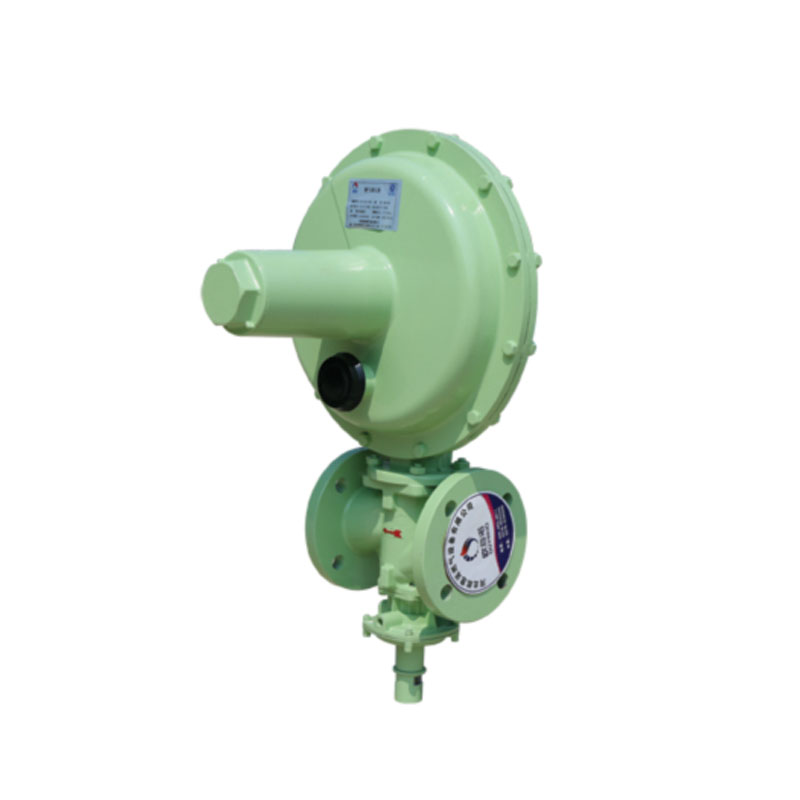
Dec . 16, 2024 18:45
Back to list
pressure reducing valve
Understanding Pressure Reducing Valves Functionality and Applications
Pressure reducing valves (PRVs) play a crucial role in various industrial and residential applications by managing the pressure of fluids within systems. These valves are designed to regulate the pressure of fluid downstream to a predetermined level, regardless of fluctuations in the upstream pressure. By maintaining a consistent downstream pressure, PRVs help protect equipment and ensure optimal operational efficiency.
How Do Pressure Reducing Valves Work?
The basic principle behind a pressure reducing valve is relatively simple. The device consists of a valve body, a spring, and a diaphragm or piston assembly. When fluid enters the valve, it faces resistance created by a spring mechanism. The pressure of the incoming fluid forces a diaphragm against the spring, compressing it to allow some fluid to pass while restricting flow until the desired downstream pressure is achieved.
When the downstream pressure falls below the preset level, the diaphragm moves, opening the valve further to allow more fluid to flow through. Conversely, if the downstream pressure exceeds the desired threshold, the diaphragm pushes back against the spring, partially closing the valve to reduce the flow. This automatic feedback mechanism ensures that pressure remains stable, even when upstream conditions change.
Benefits of Using Pressure Reducing Valves
1. Protection of Equipment One of the primary reasons for utilizing a PRV is to protect sensitive equipment from damage due to excessive pressure. Many machines and components are designed to operate within specific pressure ranges. By reducing and stabilizing pressure, PRVs help prevent leaks, burst pipes, and equipment failures.
2. Efficiency in Operations PRVs contribute to the overall efficiency of a system. By maintaining optimal pressure levels, they allow components to function effectively, reducing wear and tear, energy consumption, and maintenance costs. This is particularly important in applications such as irrigation systems, where fluctuation can lead to inefficient watering and increased water usage.
pressure reducing valve

3. Safety Considerations In scenarios involving steam, gases, or hazardous fluids, PRVs play a vital safety role. They help to alleviate the risk of dangerous pressure buildup which could lead to explosions or system failures, ensuring compliance with safety standards and regulations.
4. Water Conservation In residential plumbing systems, PRVs are often installed to control the water pressure entering homes. This not only protects plumbing fixtures but also conserves water by regulating flow rates. Lowering water pressure can lead to significant reductions in water wastage, particularly in systems prone to leaks.
Applications of Pressure Reducing Valves
PRVs are widely used across various sectors, including
- Water Supply Systems Ensuring water pressure remains steady to prevent damage to piping and fixtures in residential areas. - Irrigation Systems Regulating pressure to optimize water distribution for agricultural purposes. - Heating Systems Maintaining consistent steam pressure within commercial and industrial heating applications to improve efficiency and safety. - Chemical Processing Keeping chemical processes stable by managing pressure in reactors and pipelines.
Conclusion
In summary, pressure reducing valves are essential components in many fluid management systems, providing a combination of protection, efficiency, and safety. Their ability to maintain a steady downstream pressure not only conserves resources but also extends the longevity of equipment. As industries continue to evolve, the importance of effective pressure management will only increase, making PRVs a vital consideration for engineers and operators alike. Understanding their functionality and applications can lead to better decision-making in system design and maintenance, ultimately improving both performance and safety. Whether in industrial environments or residential plumbing systems, pressure reducing valves are indispensable in creating reliable, efficient fluid handling systems.
Next:
Latest news
-
Safety Valve Spring-Loaded Design Overpressure ProtectionNewsJul.25,2025
-
Precision Voltage Regulator AC5 Accuracy Grade PerformanceNewsJul.25,2025
-
Natural Gas Pressure Regulating Skid Industrial Pipeline ApplicationsNewsJul.25,2025
-
Natural Gas Filter Stainless Steel Mesh Element DesignNewsJul.25,2025
-
Gas Pressure Regulator Valve Direct-Acting Spring-Loaded DesignNewsJul.25,2025
-
Decompression Equipment Multi-Stage Heat Exchange System DesignNewsJul.25,2025

